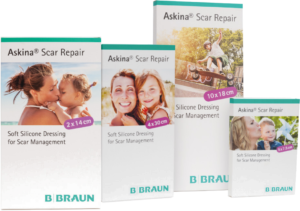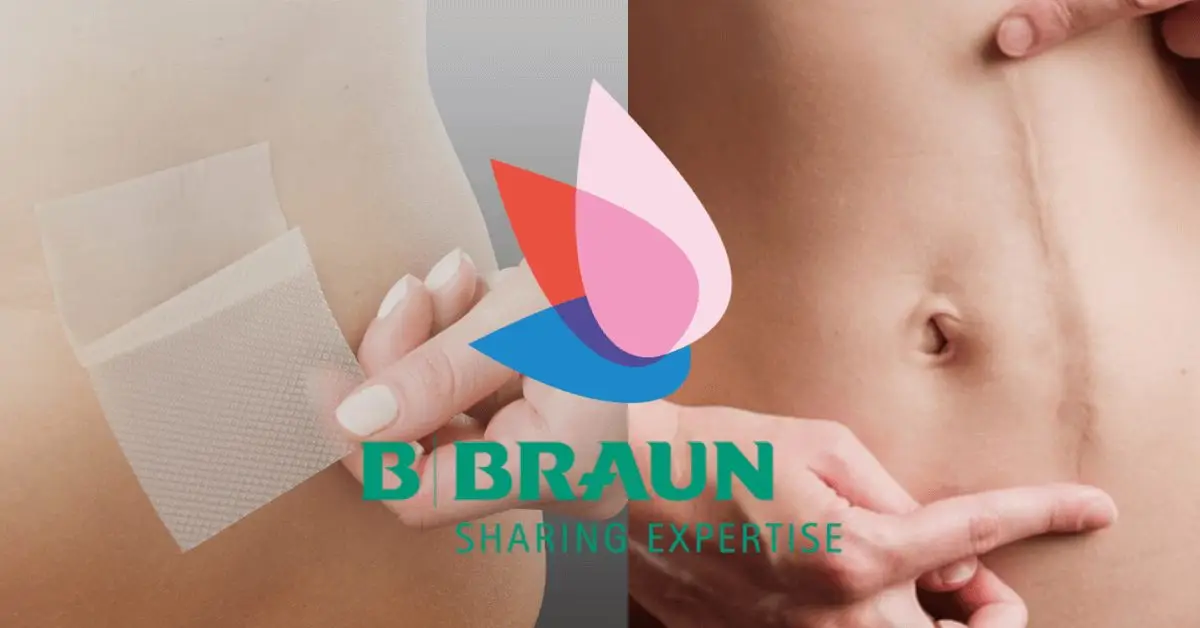Keloids are hypertrophic scars that, unlike these, cause itching and extend beyond the boundaries of the original wound. They are red or cherry-colored with small vessels on their surface, and for this reason are more visible.
However, it is not like this from the beginning. After the injury and during the first month, they appear as a pink scar that is above the level of the wound. Then, for many months, it begins to redden (or darken) and turns into a smooth and shiny plaque that has an increased volume compared to the original wound.
Keloids generally develop over a long period of time (several months) while even a dormant keloid can become active after months or even years. If a dormant keloid starts to itch, it means that it is continuing to grow.
If a scar itches, is painful, or causes a burning sensation, then it is very likely that it is developing into a keloid .
trauma care expertise
Where do we meet them?
They can appear anywhere on the body but usually develop:
- On the back
- In the chest
- On the shoulders
- In the jaw
- On the shins
- In the earlobes
Are you looking for effective prevention & treatment of keloid - hypertrophic scars?

Then you're looking for B Braun's Askina Scar Repair silicone sheets!
What causes keloids?
Keloids are created when the body produces collagen in excess after a wound has initially healed.
Although we all usually have a keloid from some vaccination, science has not yet deciphered the full mechanism of keloid formation and only a few types have been associated with a gene. This is also the reason why even surgical treatment of keloids not only does not guarantee complete recovery, but often keloids re-form and are quite likely to be larger than the original mark.
Heredity certainly plays a big role since if a person has developed a keloid, it is likely that it will develop again in a subsequent injury . More generally, however, scars develop into keloid after:
- Injury
- Surgery ( such as cesarean section )
- Burn
- Vaccine
- Tattooing
- Earrings – Piercing
- Acne
- Insect bites
What the statistics reveal
In a recent 2019 study, studying a sample of 1659 people with keloids, it is clear that women are more susceptible than men, especially during adolescence . The reason seems to be pathological but unfortunately has not yet been determined.
Also striking is the fact that keloids have higher rates of development in people with darker skin. In research published in the summer of 2020 by Sarah McGinty and Waqas J. Siddiqui, it appears that the higher amount of melanin in the skin of people of African, Asian and Latino descent increases the rates of keloids development compared to Caucasians from 4.5% to 16% . This rate becomes even higher during pregnancy and adolescence.
In general, young people from the age of puberty onwards are more susceptible, the frequency decreases significantly in middle-aged people and is minimal in the elderly. Finally, keloids appear more often in women during pregnancy after a cesarean section .
Ways to treat keloids
Keloids pose a challenge in rehabilitation for the dermatologist and plastic surgeon since a single operation will not completely resolve the problem, while there is always the possibility that it will return. In general, there are several options for treating keloids , but none of them ensures guaranteed results or complete erasure of the mark.
The goal is to maximize the improvement of the image, but the secret lies in the prevention and proper care of a keloid before it even develops .
1. Pressure method with silicone sheets for keloids
Since 1970, it has been observed that by applying continuous pressure to the keloid, neovascularization is suppressed and the scar shrinks. Thus, since the early 1980s, silicone sheets for keloids have been the best and most economical way to prevent a hypertrophic scar from developing into a keloid, as well as the treatment method with the best results .
Recent research clearly shows the spectacular improvement in color, thickness, and elasticity for both hypertrophic scars and keloids after treatment with silicone sheeting .
For the best possible results, doctors and researchers recommend:
- Starting treatment from the beginning, that is, when the scar is younger than three months, but it is equally effective for old scars and keloids
- Twenty-four-hour application of the silicone sheet to the keloid every day for at least two months
2. Cryotherapy with liquid nitrogen
Cryotherapy works by causing strong cooling through spraying on relatively small keloids and is a fairly effective method but requires monthly repetitions and often has serious side effects.
3. Steroid injections
A fairly popular treatment method that relies on injecting cortisone into the keloid, which usually improves its texture. Although the steroids used are not absorbed by the body, there are some unwanted side effects.
4. Laser
During laser application, a red ray is emitted which is absorbed by the red color (oxyhemoglobin of the blood vessels) of the keloid, resulting in its shrinkage. For this reason , it is very important that laser treatment is applied to as recent keloids as possible , so that they are redder for better results.
And in this method of keloid restoration, the rate of improvement in the appearance of the scar cannot be predicted, and many sessions are needed every three or four weeks. Even if you choose laser keloid treatment , doctors always recommend combining it with silicone sheets for maximum results .


